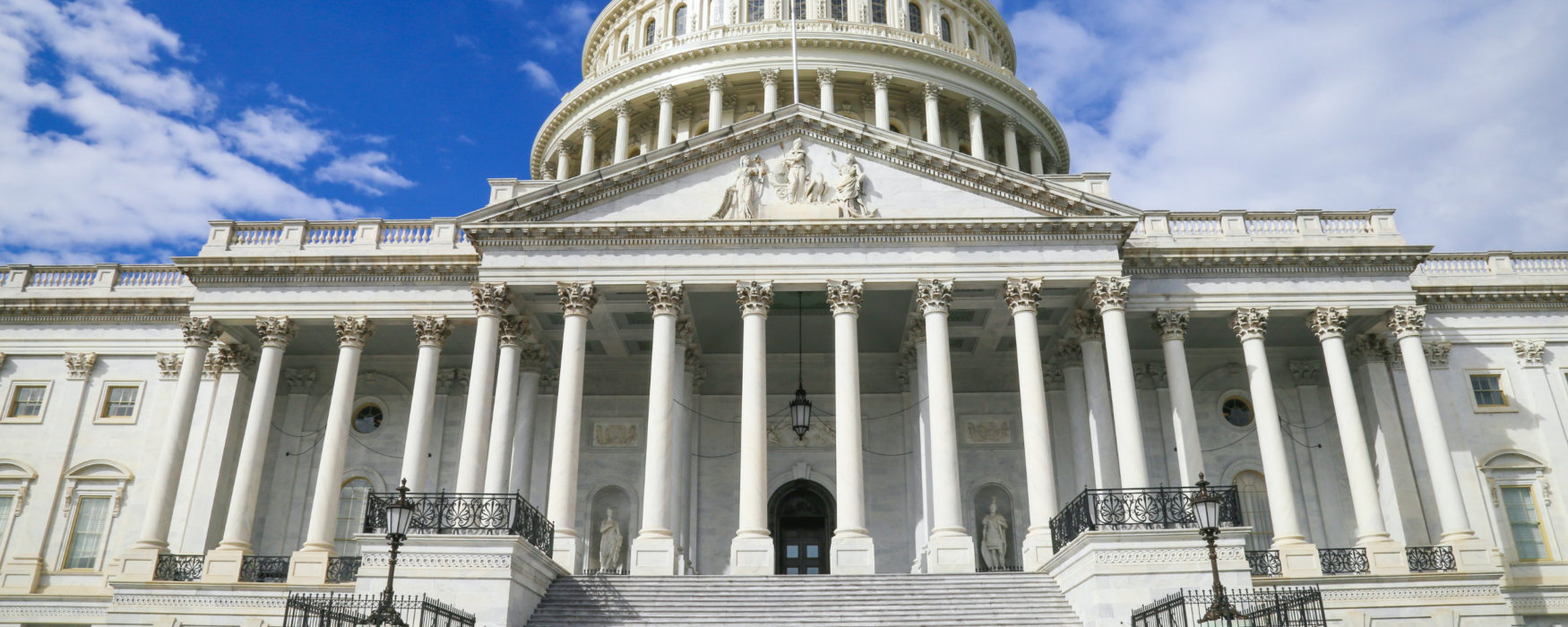
By Michael Burns, courtesy of SBAM Approved Partner ASE
The Biden Administration’s pro-labor policies are being heavily pushed by the agency responsible for overseeing employee and employer labor rights, the National Labor Relations Board (NLRB). The NLRB is governed by the law that it is charged with interpreting and administering. This is of course the National Labor Relations Act (NLRA).
If you want to see the exercise of opposite political policy in play just watch the actions of the NLRB between when a Democrat is in the White House and a Republican. Since Biden took office, the policy of the NLRB has done a 180 degree turn from pro-business to pro-labor through the positions the NLRB is taking on cases brought to it.
We are currently seeing the NLRB’s pro-labor position promoted by its General Counsel’s action of issuing memos which direct which cases and under what interpretation it will argue for in front of the now Democratic appointed Board member majority. Among other policy positions being pursued by the NLRB, it is currently seeking to expand access to employer private property by allowing union organizers more access to employer property and limiting employer’s power to stop that access.
Lest you feel because you are union free these rulings do not apply to you, think again. The NLRB’s strategy is to pursue charges against non-union employers to open organizations to unionization.
In the area of a union organizer’s access to employer property, Trump-era decisions gave employers the right to restrict union organizer’s access to its property as long as the employer restricted access of other comparable entities to its property. Biden’s NLRB General Counsel is now saying that if the employer has anti-union purposes for restricting access behind its policy this will be considered an unfair labor practice and will be challenged by the NLRB.
Workers have broad rights to talk to their fellow workers about forming a union, even on company property. Non-employee union organizers access to workers during normal work hours can be restricted under an employer’s non-solicitation policy. You do have this policy in your employee handbook right? This property owner right arises from an old U.S. Supreme Court decision called NLRB v. Babcock & Wilcox that held employers may exclude union organizers from their property as long as they do not discriminate between union organizers and other nonemployees and workers who otherwise have access to the organizers by other means or ways. There is an exception to this rule. The exception is referred to as the “public space” exception where if there is space on the property where the public is generally welcome, employers cannot restrict organizers from accessing employees in that public space – think of an open cafeteria in a hospital.
Accessing employer’s private property is one more example of the Biden Administration NLRB pursuing its pro-labor policy and practice that seems contrary to federal law. When the NLRB rules in a labor case involving union organizers demanding access to employer’s private property, the employer will have to appeal to the federal courts for a ruling to again restrict union organizers access onto its private property.
In another recent NLRB case ruling decided last week, an employer sought to protect its rights over what employees may communicate at work through the wearing of political messaging. In this case the employer won.
Home Depot has a dress code policy restricting displaying Black Lives Matter (BLM) messaging at work. The NLRB Administrative Law Judge (ALJ) looked to whether the messaging was legal under the NLRA as advocating for better job conditions, a right employees have in the workplace. In supporting his decision favoring the employer, the ALJ stated that displaying Black Lives Matter messaging “though a matter of profound societal importance, is not directly relevant to the terms, conditions, or the lot of Home Depot’s employees as employees.” The judge found the display of BLM messaging while at work only has an indirect relationship to workers’ job conditions that would otherwise put the action of wearing BLM messaging into the realm of protected concerted activity. (Eastex v. NLRB, SCOTUS 1978).
One other important consideration around employers’ policies prohibiting such activity is the dress code policy being enforced consistently. At Home Depot, two other employees were told not to wear BLM insignia and one other employee was barred from wearing a pro-police message. Home Depot’s consistent enforcement of its policy also carried the day for them.
Similar to the issue of non-employee union organizer access to employer private property, what is prohibited for one should be prohibited for most all to be defensible.
So, what do we know from the above two cases? The NLRB is reviewing its own previous policy positions with an eye toward expanding employee rights in the workplace, and the NLRB is challenging employer policies that it sees as restricting employees’ rights to engage in protected concerted activity under the NLRA.